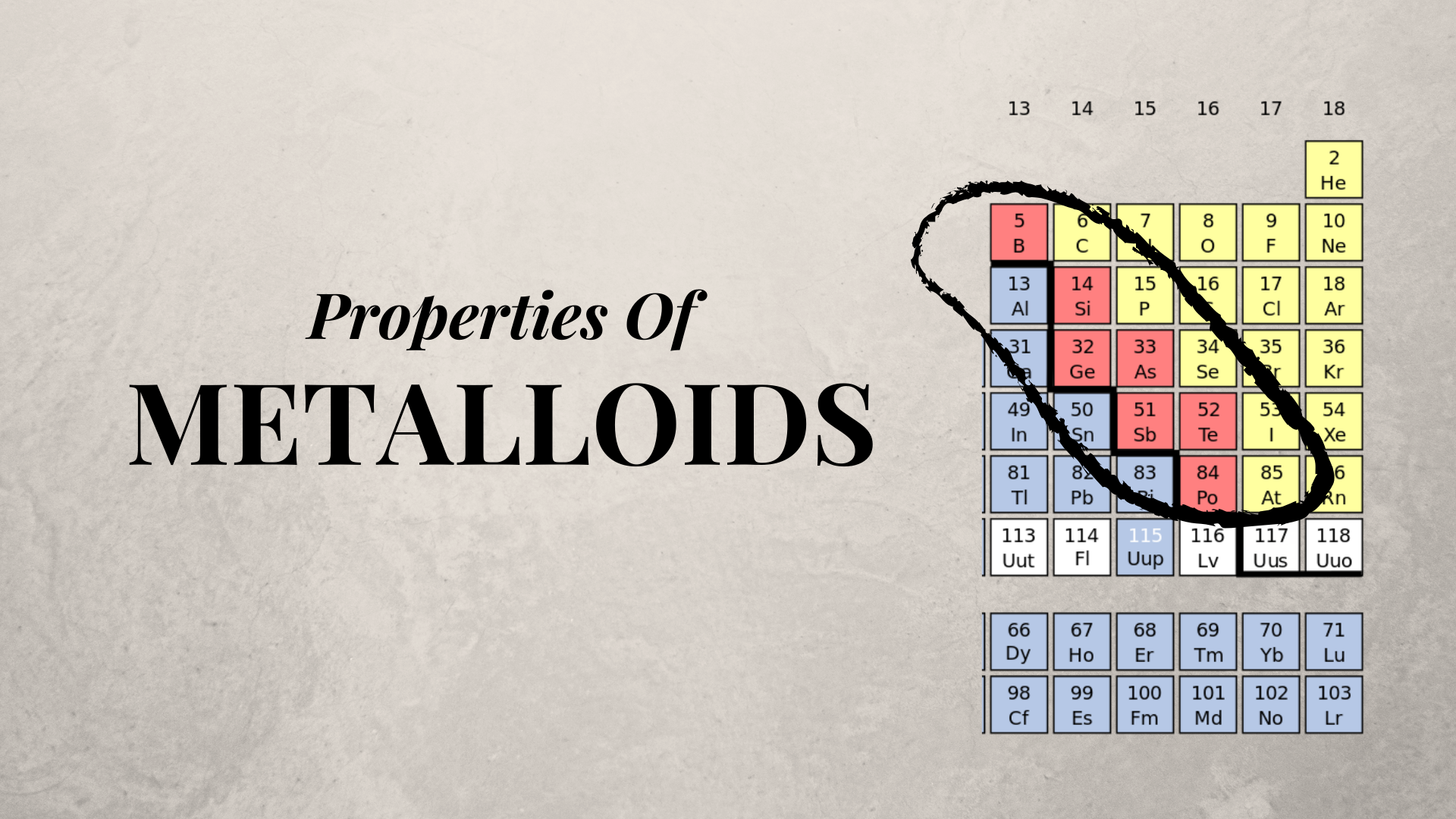Independent Variable With Examples

An independent variable is a variable that can be changed or modified in a scientific experiment. This is done to test the dependent variable by…
Read more

An independent variable is a variable that can be changed or modified in a scientific experiment. This is done to test the dependent variable by…
Read more

The water moccasin, or cottonmouth, is a venomous pit viper snake species found in southeastern parts of the United States. There are three subspecies within…
Read more

Take a look at the map of the West Coast of the United States and you’ll note it is home to around 51 million people,…
Read more

Metalloids are elements found between the metals and nonmetals on the periodic table of the elements. They are also called semimetals. Metalloids have properties that…
Read more

The life cycle of a frog, known as metamorphosis, is the transition of a tadpole to an adult frog. The life cycle starts with an egg,…
Read more

To convert moles to molecules you will need to use two equations and have at hand Avagadro’s number and the number of moles in your…
Read more

The color-coded periodic table is a tabular representation of the different chemical elements. Elements in the periodic table can be color-coded together according to atomic…
Read more

Mechanical isolation is a form of reproductive isolation that prevents two different species from interbreeding with one another. Along with gametic isolation, temporal isolation, ecological…
Read more

The list of African countries and capitals begins with Algeria with the capital of Algiers and ends with Zimbabwe with the capital of Harare. The 54…
Read more

Nitrate, chemical formula NO3, has a chemical charge of -1. Ion nitrates have a negative one formal charge. You may be wondering why this is…
Read more

The periodic table of metals and nonmetals can be broken down to give you a sense of each element’s characteristics. Metals, nonmetals, and metalloids make…
Read more